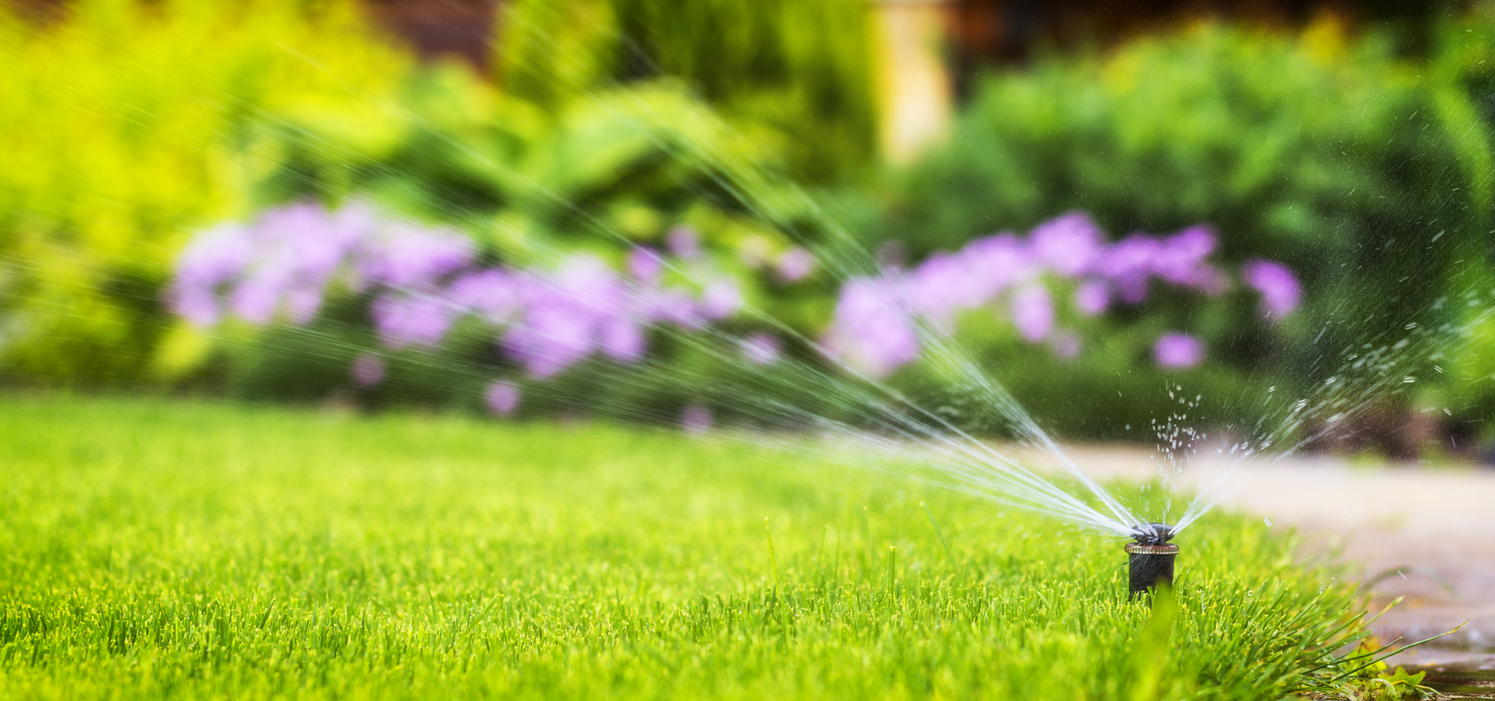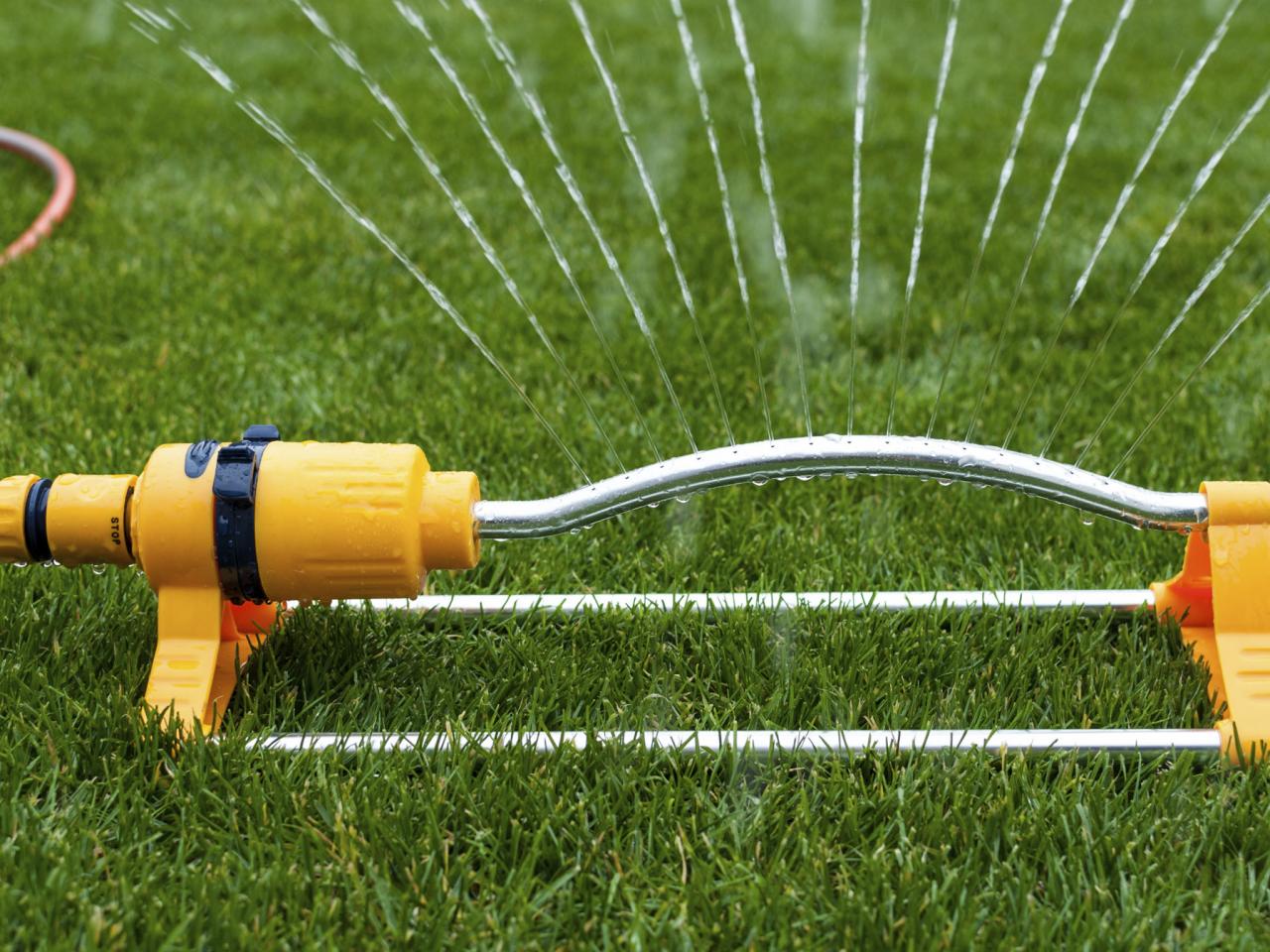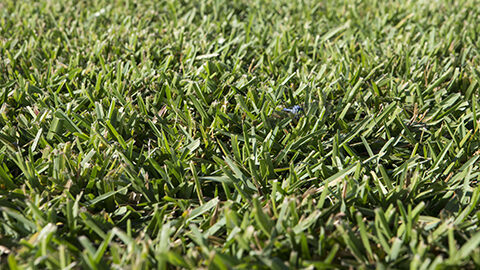HOW TO PROPERLY WATER YOUR LAWN DURING THE SUMMER
How to Properly Water Your Lawn During the Summer
Many of us lawn lovers want to keep our lawns in the best possible shape. Especially as the summer heat bears down on it. It is often tempting to water the grass more than it needs as a means of keeping it cool. Improper summer lawn watering practices can lead to two different, significant outcomes—drought from too little water and disease from overwatering. Read some of the most frequently asked questions we receive about proper irrigation practices that take place during the summer.
How much water does my lawn need during the summer?
Summer watering requirements for most warm and cool season grasses including Zoysia, St. Augustine, Bermuda grass and Centipede grass require about one inch of water per week.
How do I measure one inch of water from my irrigation system or sprinkler?
You can measure one inch of water by doing a simple irrigation audit, to properly water your lawn during the summer. An irrigation audit consists of setting a few inexpensive cups around different areas of your lawn. These cups can vary from empty cans of tuna to rain gauges. Different cups may have varying amounts of water though. It is important to make adjustments so that your lawn receives a consistent amount of water throughout.
When should I water my lawn during the summer?
During the summer, temperatures rise, and soil conditions can change. It is recommended to water your lawn in the early mornings for longer periods of time and less frequently. This will decrease the dew period where a thin layer of dew sits on the grass. Despite the warmer temperatures, this will be helpful towards disease management practices. Watering in the early mornings provides your lawn with water before it starts to get hot during the day.
How often should I water my lawn during the summer?
One or two watering’s per week should meet the weekly one inch of water requirement to properly water your lawn during the summer. The amount of water each irrigation system or sprinkler delivers can play a huge factor. It is important to set up an irrigation audit, that will inform you of how much water your lawn is receiving in a single watering. Then, you can adjust the amount of each irrigation period as needed.
For how long should I water my lawn during the summer?
Typically, most lawn irrigation periods during the summer should last between 25–30 minutes each. This amount of time depends on a lot of different factors though. Each irrigation system or sprinkler can deliver different amounts of water and it is important to hit that one inch per week requirement.
How do I know if my lawn needs more water?
Even with an irrigation audit, it can be hard to determine if your lawn is receiving enough water. If your lawn is receiving too little water, you may start to see signs of drought, which includes the thinning of grass blades that start to turn yellow or brown in color, and it may grow slower. It is important to keep an eye out for this because this is the step right before it starts to die. Some lawns may go into dormancy to preserve themselves before dying.
It can sometimes get difficult to tell the difference between disease or drought because both include a yellow-brown discoloration of grass blades. If your lawn is being overwatered, the heat and over-saturation creates optimal environments for disease outbreaks. Typical signs of disease vary depending on the type of fungus, but most signs include an interior clear dead zone where the fungus has killed the grass and a lighter yellow or brown ring around the outskirts where the fungus is spreading.
How do I keep my lawn cool in the summer?
As temperatures peak at this time of year, it is possible to overwater lawns to keep them hydrated. This is not always recommended because it can cause disease outbreaks—especially if parts of the lawn are located in shady areas. If the lawn seems to become too warm or starts developing brown spots as a result of the heat, consider adding a layer of top dressing to keep it shaded or cool. Be careful because compost is black in color, so a lot of it can contribute to heating if a thick layer is left on top of the grass canopy for a long period of time. Excess use of top dressing can also smother the grass.
How do I properly water newly installed sod during the summer?
Properly watering your lawn during the summer is different when its newly installed sod, from watering an established lawn. For the first nine days (including the day of installation), you should water your lawn twice a day—once in the early morning and then again in the evenings. Once you have reached 10 days after installation, taper back your watering schedule to once per day. On day 13, you can reduce watering to once every other day and on day 16, begin transitioning to watering your lawn so that it receives one inch of water per week.
Keep an eye out for any disease outbreaks, especially if you have new sod in any shady areas. If you see the dead/dying brown grass, your gut reaction might be to water the grass even more because you think it’s drying out. If this is in fact a fungus, watering your grass even more will make the situation worse. Fertilizing your newly installed lawn with the proper nutrients it needs is also important while you maintain an appropriate irrigation schedule.
Leave A Reply:
You must be logged in to post a comment.







